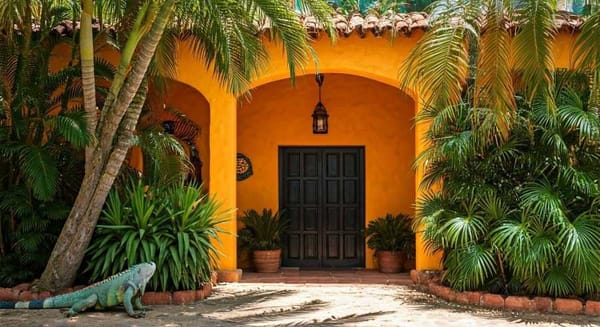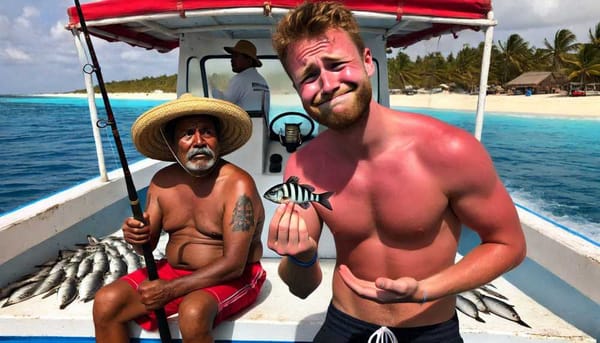Let's take a look at a few curiosities about Mexico
Here are some curiosities about Mexico so that today you can learn more about its roots and peculiarities.

During the whole month of September, we usually celebrate Mexico's independence. In every store and every place we go, we will see flags, hats, green, white, and red decorations, and lots of traditional music and food. For that reason, here are a few curiosities about Mexico.
The word Mexico comes from three voices in the Nahuatl language: metztli, which means moon; xictli, navel or center; co, place. It means "in the navel of the moon".
Independence Day is celebrated on September 16, since that is when it began in 1810. However, it was actually consummated on September 27, 1821.
In 1821, the Army of the Three Guarantees used this design and established a meaning for the colors that made up the flag: green indicated independence, white the Christian faith, and red the union between Europeans and Americans.
Over the years the meaning of the colors has changed and nowadays the green is attributed to hope, the white to unity, and the red to the blood of the heroes who died for the country.
The largest Mexican flag measures 60 meters long by 34 meters wide and is located on a flagpole 120 meters high and weighing 150 tons. They are located in Piedras Negras, Coahuila. It is certified by the Guinness Book of Records in 2011, as the largest in Mexico and America.
The surface area of the country is 1,960,189 km2. It occupies 14th place worldwide, and sixth place in the American continent.
According to INEGI's 2020 census, 126,014,024 people live in Mexico. Compared to other countries, Mexico ranks 11th among the most populated nations in the world.
Mexico has 69 national languages (68 indigenous languages and Spanish) and 364 linguistic variants, making it one of the top 10 nations with the most native languages and the second most native languages in Latin America, after Brazil.
Mexican food was proclaimed Intangible Cultural Heritage by UNESCO in 2010. Not only food, but we also have other cultural expressions, such as the following:
The mariachi
The charrería
The pirekua (traditional Purépecha song)
The Parachicos in Chiapa de Corzo's festivity.
The Papantla flyers
The artisan processes for the elaboration of the Talavera (Talavera)
The Center for the Indigenous Arts of the Totonaca People
Places of memory and living traditions of the Otomí-Chichimecas of Tolimán.
Indigenous festivals dedicated to the dead
Chichen Itza is one of the seven wonders of the modern world, recognized in 2007.
The red poinsettia (which the Aztecs called cuetlaxochitl), also known as the poinsettia or Christmas flower, is a flower native to Mexico and is named after Joel Roberts Poinsett, the first U.S. ambassador to Mexico.
Actor Anthony Quinn was the first Mexican to win an Oscar for his role in the film Viva Zapata in 1952.




